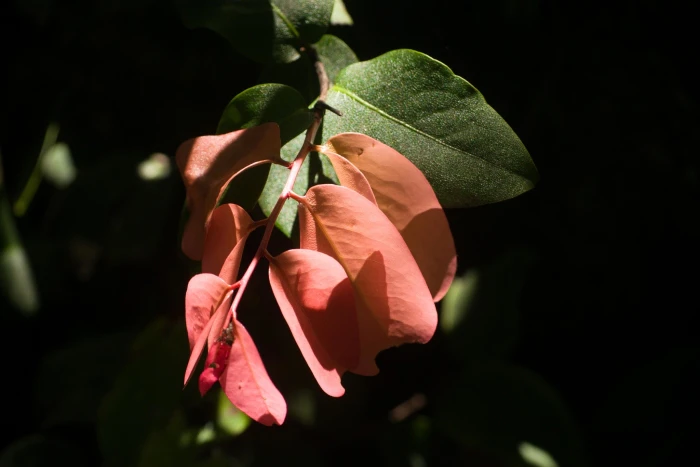Ēlama
(Diospyros hillebrandii)
Ēlama (Diospyros hillebrandii)
/
/

Kevin Faccenda
CC BY 4.0
Image By:
Kevin Faccenda
Recorded By:
Copyright:
CC BY 4.0
Copyright Notice:
Photo by: Kevin Faccenda | License Type: CC BY 4.0 | License URL: http://creativecommons.org/licenses/by/4.0/ | Rights Holder: Kevin Faccenda | Publisher: iNaturalist | Date Created: 2022-04-24T10:29:08-07:00 |


















Estimated Native Range
Climate Requirements for Hachiōji, Japan
| This Plant | Your Site | Plant Suitability for Your Location | ||
|---|---|---|---|---|
| • Precipitation | 27" - 146" | 59" | Aquatic | Aquatic |
| • High Temp. | 73°F - 89°F | 86°F | Your summer temperatures are normal for this plant. | Excellent |
| • Low Temp. | 51°F - 64°F | 29°F | Your winter temperatures may be too cold for this plant | Too cold |
This plant may not grow well at your location - your precipitation is too high.
Summary
Diospyros hillebrandii, commonly known as Ēlama, is a small to medium-sized deciduous tree endemic to the Hawaiian islands of Oʻahu and Kauaʻi. It belongs to the ebony family, Ebenaceae, and is typically found in coastal mesic forests and mixed mesic forests at elevations ranging from 490 to 2,490 feet. Ēlama can reach heights of 13-33 feet and has a significant cultural value in Hawaii, with its name meaning torch or lamp in Hawaiian. The tree features a dense, rounded canopy with glossy, dark green leaves and small, inconspicuous greenish-white flowers that bloom in the summer. The fruits are round, yellow to orange berries that are enjoyed by native birds.
Ēlama is valued for its hard, dark wood and its role in traditional Hawaiian culture. It is often used in reforestation projects and as an ornamental tree in Hawaiian landscapes. The tree prefers well-drained soils and moderate moisture conditions, making it suitable for cultivation in similar tropical climates. It requires full sun to part shade and is relatively low-maintenance once established. However, it is susceptible to pests such as scales and mealybugs, which can be managed with appropriate horticultural practices.CC BY-SA 4.0
Ēlama is valued for its hard, dark wood and its role in traditional Hawaiian culture. It is often used in reforestation projects and as an ornamental tree in Hawaiian landscapes. The tree prefers well-drained soils and moderate moisture conditions, making it suitable for cultivation in similar tropical climates. It requires full sun to part shade and is relatively low-maintenance once established. However, it is susceptible to pests such as scales and mealybugs, which can be managed with appropriate horticultural practices.CC BY-SA 4.0
Plant Description
- Plant Type: Tree
- Height: 20-30 feet
- Width: 15-25 feet
- Growth Rate: Slow
- Flower Color: N/A
- Flowering Season: Spring, Summer, Fall
- Leaf Retention: Evergreen
Growth Requirements
- Sun: Full Sun, Part Shade
- Water: Medium
- Drainage: Medium, Fast
Common Uses
Bird Garden, Low Maintenance
Natural Habitat
Coastal mesic forests and mixed mesic forests
Other Names
Common Names: Hillebrand’s Ebony, Lama, Ēlama
Scientific Names: Diospyros hillebrandii, Diospyros ferrea subsp. hillebrandii, Diospyros ferrea var. hillebrandii, Ebenus hillebrandii, Maba hillebrandii
GBIF Accepted Name: Diospyros hillebrandii